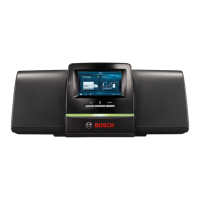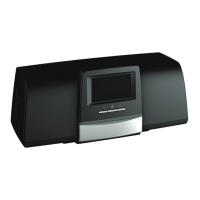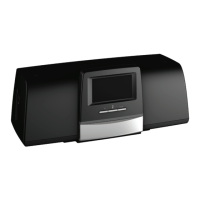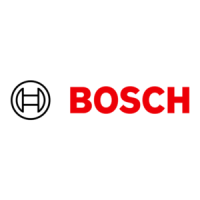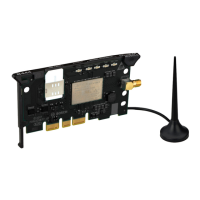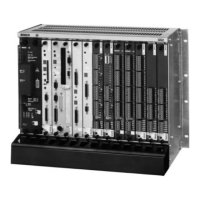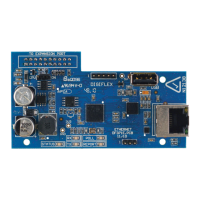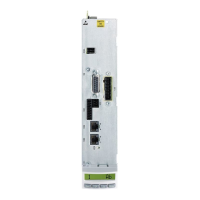How do I fix a wrong connection for the flue gas shut-off valve EMS on my Bosch Control Unit?
- JJohn WilliamsonSep 12, 2025
If you have a 'Wrong connection for flue gas shut- off valve EMS' error on your Bosch Control Unit, it means the flue gas damper is incorrectly connected. Connect the flue gas damper to the SAFe.
